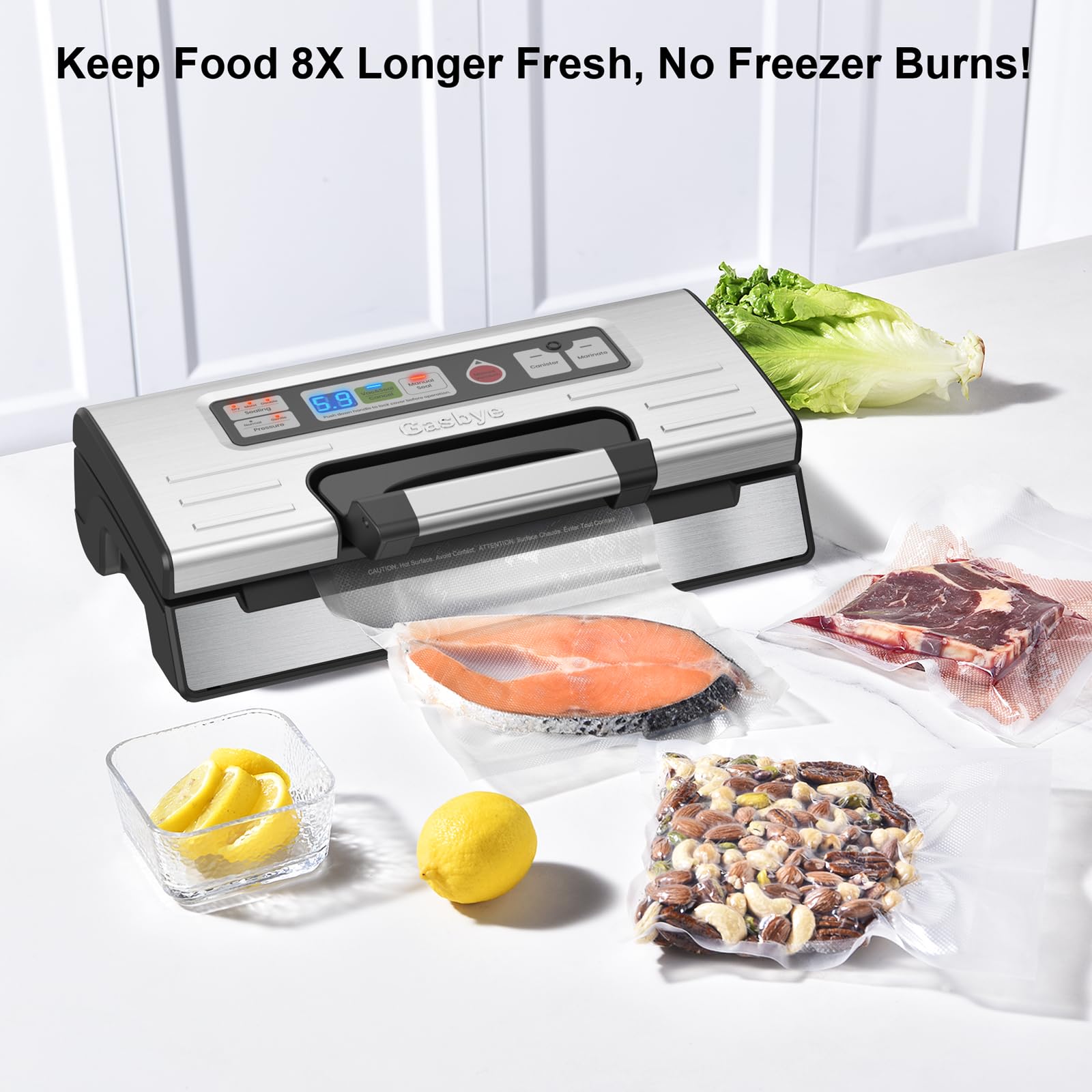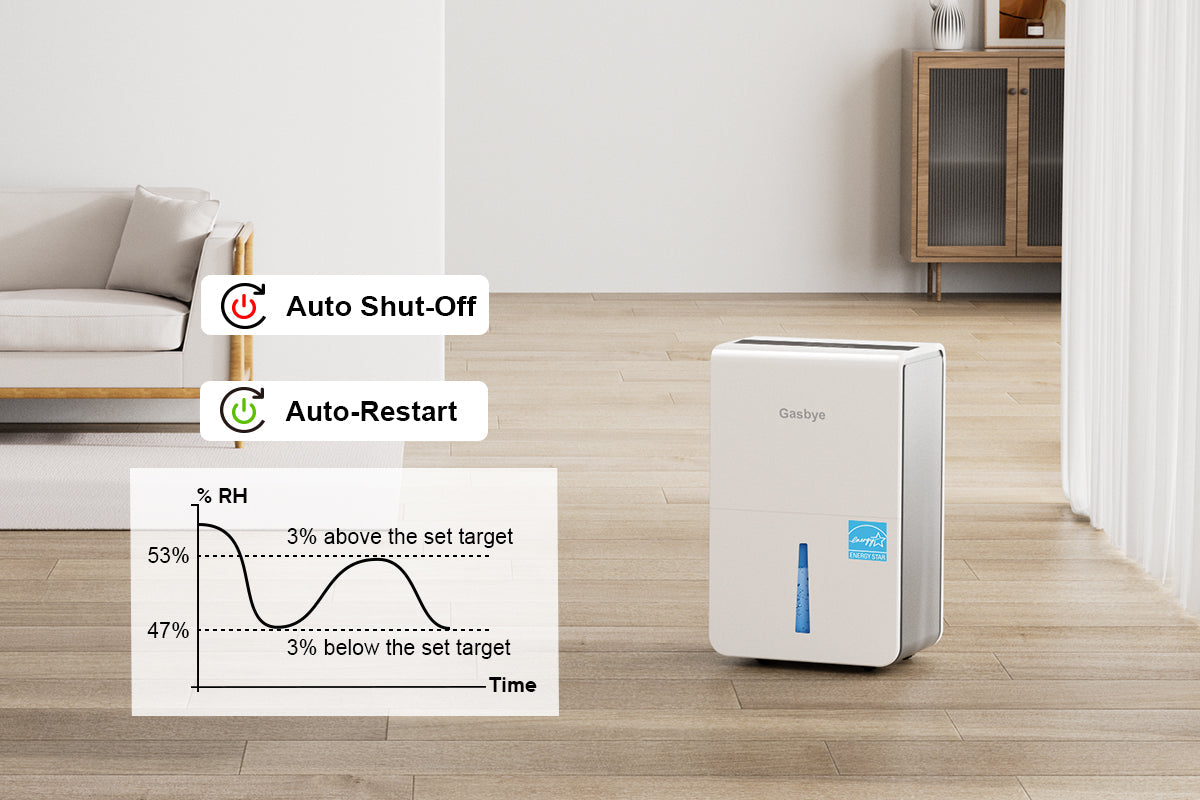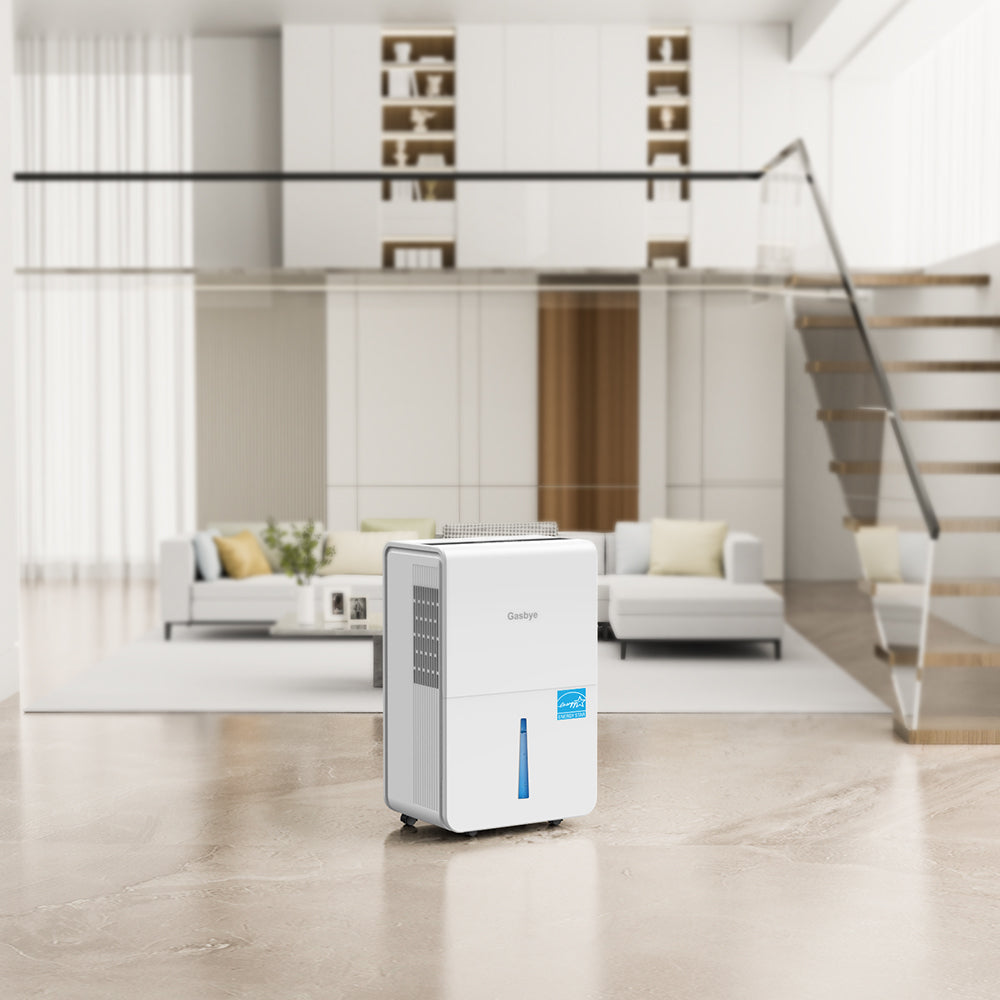Vacuum Sealing: Handy, Hygienic, But Not a Magic Trick
Vacuum sealing has become the go-to method for home cooks and food businesses alike. It keeps food compact, easy to store, and slows down oxidation and spoilage. No wonder more and more grocery items—from jerky to snacks—are vacuum-packed these days.
At home, the trend is booming too. With the rise of countertop vacuum sealers, kitchens on social media are filled with “everything can be vacuum-sealed” moments:
rice, pasta, meat, leftovers—all perfectly portioned and air-free.
But here’s the catch: many assume that once food is vacuum-sealed, it can last for weeks or even months.
Unfortunately, that’s far from the truth.
If not handled or stored correctly, vacuum-packed food can spoil faster—and sometimes, even dangerously so.
Let’s dig into what vacuum sealing really does for freshness, when it helps, and when it doesn’t.
Temperature Matters More Than Vacuum
Vacuum sealing works differently depending on how the food is stored—at room temperature, refrigerated, or frozen.
At Room Temperature
Only two kinds of foods do well in vacuum packs without refrigeration:
-
Dry goods like grains, beans, and nuts (low moisture = low bacterial growth).
-
Heat-sterilized foods, such as canned or retort-packed meals.
That’s why vacuum-sealed corn or cooked sausages can stay fresh for up to a year—because they’ve already been pasteurized or sterilized.
But if the food hasn’t been heat-treated, vacuum sealing won’t stop spoilage.
Oxygen is gone, yes—but yeast, anaerobic bacteria, and natural enzymatic breakdown continue to work. Homemade cooked food or deli meats, for example, still need refrigeration or freezing even if vacuum-packed.
Under Refrigeration
Removing air slows spoilage, but not by much.
Vacuum-sealed meat in the fridge may last a few days longer than regular wrapped meat, but it’s no miracle. Many people overestimate the benefit—thinking vacuum = safe indefinitely. It’s not.
Under Freezing
When frozen, both vacuum-sealed and regular food can last long—but vacuum bags do offer one big edge: flavor and texture preservation.
Without air, food suffers less from freezer burn, oxidation, and dehydration.
That’s why vacuum sealing is a favorite among meal preppers and hunters who freeze meat for months.
Beware: Vacuum Bags Can Also Create a Bacteria Haven
Here’s something most people don’t realize—vacuum sealing can actually encourage anaerobic bacteria, which thrive in oxygen-free environments.
One notorious example is Clostridium botulinum, the bacteria that causes botulism.
If contaminated food is vacuum-sealed and stored at improper temperatures, it can multiply rapidly and produce deadly toxins.
That’s why food safety experts always emphasize:
Vacuum sealing is not a substitute for refrigeration or proper sterilization.
Not Every Food Should Be Vacuum-Sealed
While vacuum sealers are great for organization and bulk prep, some foods just don’t do well without air:
-
Fresh fruits and vegetables that release gas (like bananas, apples, mushrooms).
-
Fermented foods such as kimchi or cheese—they continue to ferment and may burst the seal.
-
Crispy snacks or chips, which can get crushed and lose texture.
The rule of thumb?
If a food is moisture-heavy, gas-producing, or still “alive” (fermenting), skip the vacuum bag.
So, What’s the Right Way to Use a Vacuum Sealer at Home?
-
Use vacuum sealing + freezing for meats, soups, and prepped meals.
-
Keep refrigerated items sealed for short-term freshness only (1–2 extra days).
-
Avoid vacuuming raw garlic, onions, soft cheese, and fresh mushrooms—they can harbor anaerobic bacteria.
-
Always label and date your vacuum bags.
Vacuum sealing is a smart tool when used correctly—it makes meal prep efficient, prevents cross-contamination, and keeps your freezer organized.
But it’s not a magic freshness shield. Proper temperature control still does most of the heavy lifting.
Key Takeaways
-
Vacuum sealing extends freshness only when paired with cold storage.
-
The benefit is modest under refrigeration, stronger under freezing.
-
Certain foods—fresh produce, fermented or crisp items—shouldn’t be vacuum-sealed.
-
Always combine vacuum sealing with safe food handling practices.
Want to explore how a vacuum sealer actually works? Check out our Gasbye Vacuum Sealers.




Share:
Gasbye Glossary of Home Appliance Terms